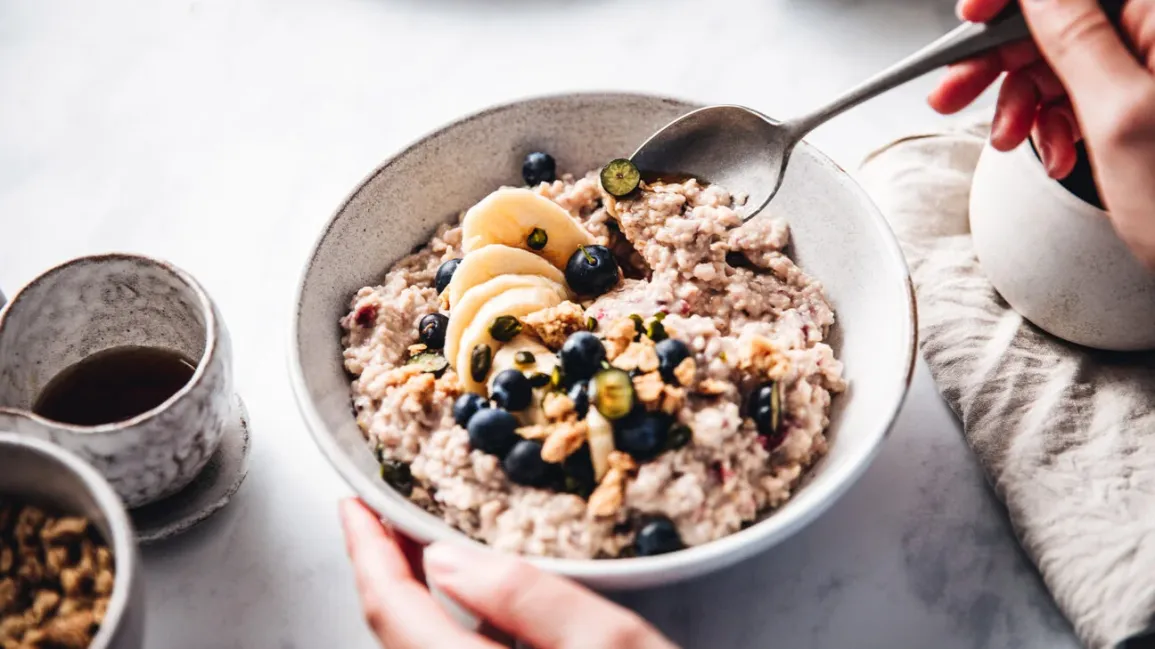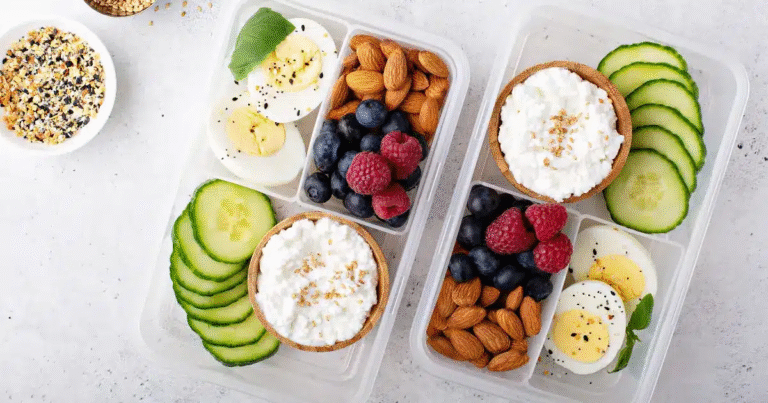Beginner’s Guide to Balanced Eating on a Budget
Eating healthy doesn’t have to mean spending a lot of money. With the right approach, you can enjoy balanced meals that give your body the nutrients it needs without breaking the bank. This guide will show you how to plan, shop, and cook in a way that keeps both your body and your wallet happy.
What Does Balanced Eating Mean?
Balanced eating means getting the right mix of nutrients from different types of food. Your plate should include:
- Protein (like eggs, beans, chicken, tofu) to help your body grow and repair.
- Carbohydrates (like rice, oats, whole grain bread) for energy.
- Healthy fats (like nuts, seeds, olive oil, avocado) for brain health and long-lasting energy.
- Fruits and vegetables for vitamins, minerals, and fiber.
Why Eating on a Budget Can Be Tricky
Many people think healthy eating is expensive because they see high-priced “superfoods” or organic products. But the truth is, you can eat well with affordable basics. The key is knowing what to buy, how to store it, and how to prepare it so nothing goes to waste.
Step 1: Plan Your Meals
Meal planning is the most important step to saving money and eating well.
- Write a simple menu for the week with breakfast, lunch, dinner, and snacks.
- Choose recipes that share ingredients so you use up everything you buy.
- Think about leftovers — cook larger portions so you can eat them the next day.
Example: If you buy a bag of carrots, you can use them in a salad, a soup, and a stir-fry.
Step 2: Make a Smart Shopping List
Before going to the store:
- Check your fridge and pantry so you don’t buy duplicates.
- List what you need based on your meal plan.
- Stick to the list to avoid impulse buys.
Step 3: Buy Affordable Protein Sources
Protein is essential, but it doesn’t have to be expensive.
- Eggs
- Canned tuna or salmon
- Dry or canned beans and lentils
- Peanut butter
- Chicken thighs instead of chicken breasts (cheaper but still nutritious)
Step 4: Choose Budget-Friendly Carbs
Carbs give you energy and can be very affordable.
- Brown rice or white rice
- Oats (great for breakfast or baking)
- Whole grain pasta
- Potatoes and sweet potatoes
- Whole wheat bread
Step 5: Get Fruits and Veggies for Less
- Buy what’s in season — it’s cheaper and fresher.
- Frozen fruits and vegetables are just as healthy as fresh and often cheaper.
- Canned vegetables (like tomatoes or corn) are budget-friendly — just rinse them to reduce salt.
Step 6: Use Healthy Fats Wisely
Healthy fats are important, but you don’t need to spend a lot.
- Buy a bottle of olive oil and use small amounts for cooking.
- Choose seeds (like sunflower or pumpkin seeds) — cheaper than some nuts.
- Peanut butter or natural nut butter can last a long time.
Step 7: Cook in Batches
Cooking big portions at once saves both time and money. Make a large pot of soup, stew, or chili and eat it for lunch or dinner over several days. Store portions in the fridge or freezer for later.
Step 8: Reduce Food Waste
- Store food properly so it lasts longer.
- Use leftovers creatively — turn cooked vegetables into a frittata or pasta dish.
- Keep older food at the front of the fridge so you remember to eat it.
Sample Budget-Friendly Balanced Day
Breakfast: Oatmeal with banana and peanut butter
Lunch: Lentil soup with whole wheat bread
Snack: Carrot sticks with hummus
Dinner: Brown rice with chicken and mixed vegetables
Final Tips for Success
- Shop sales and discounts.
- Buy store-brand products instead of big-name brands.
- Cook more at home instead of eating out.
- Keep your pantry stocked with affordable staples so you always have something to make.
Eating balanced on a budget is all about smart planning, smart shopping, and using ingredients in creative ways. Once you get used to it, you’ll see that healthy eating can be both simple and affordable.


